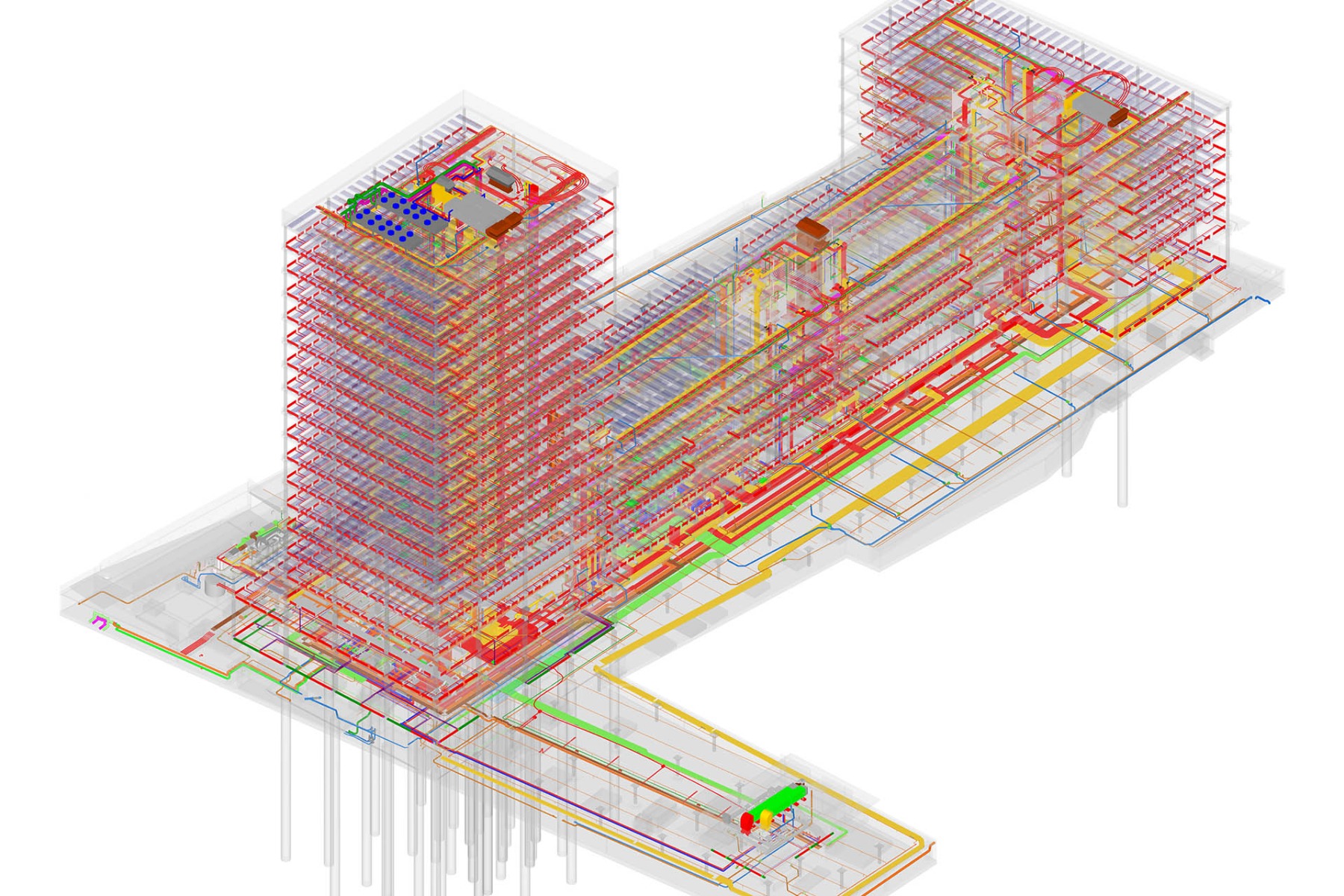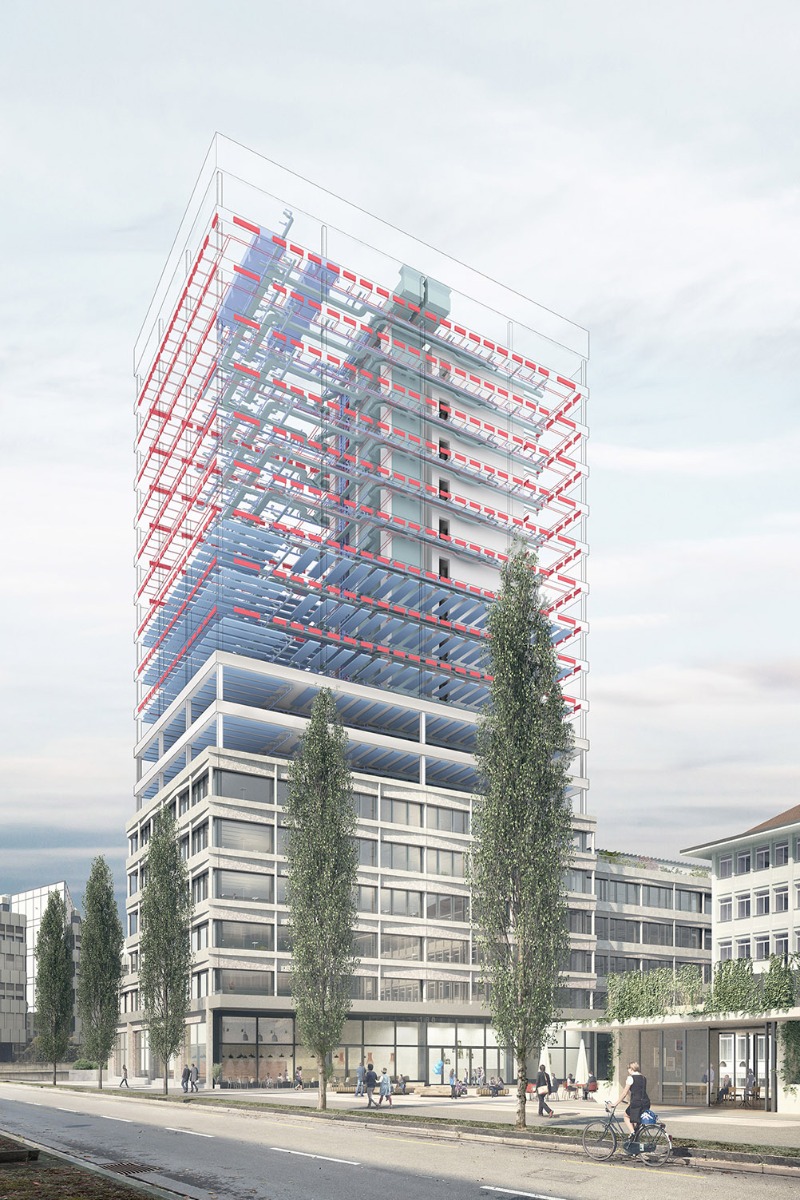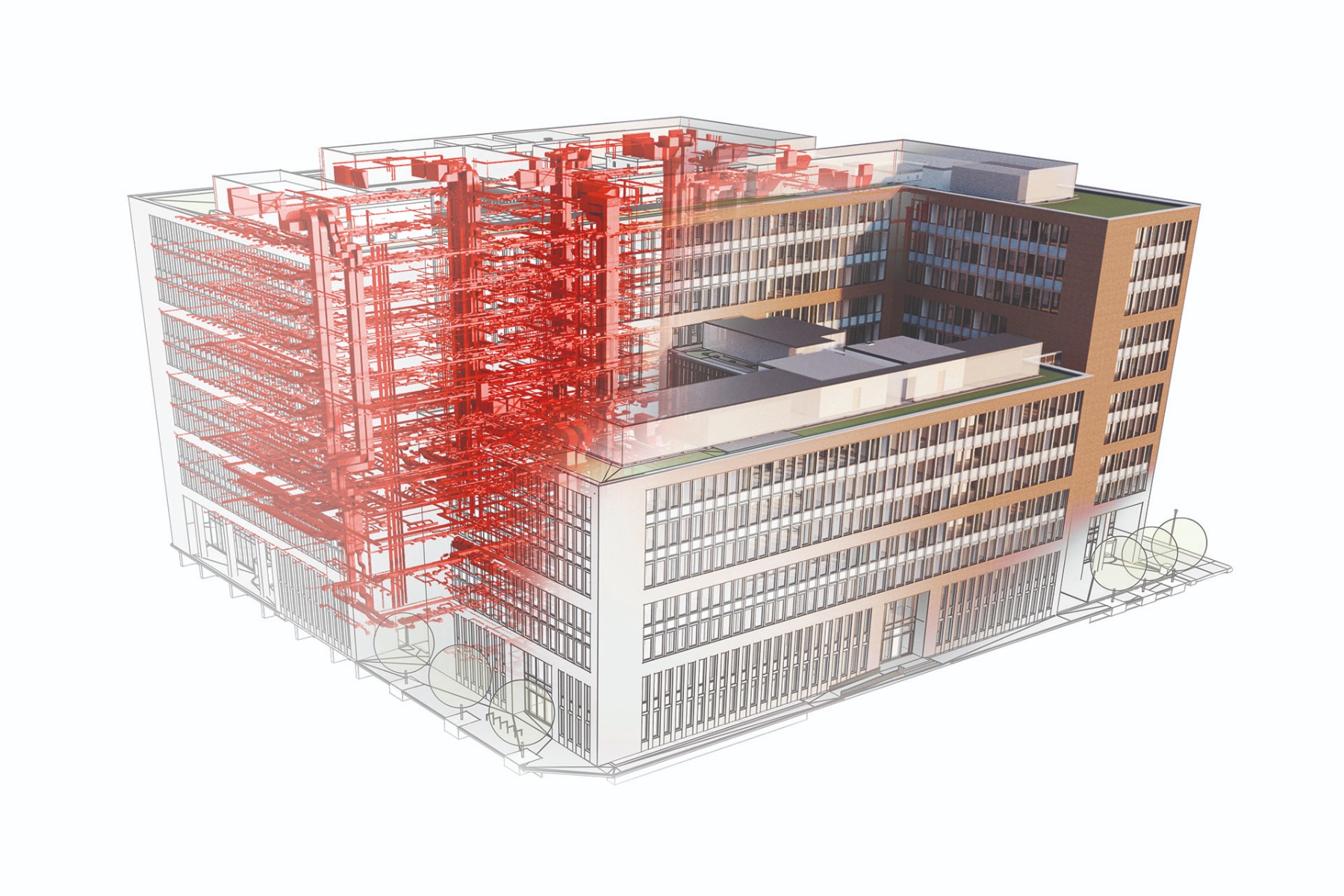BIM strategies in architectural offices
Fostering a Culture of Curiosity

© EM2N
Lorem Ipsum: Zwischenüberschrift
For the changeover to BIM to succeed, we need a culture of curiosity and exchange. However, it is just as important to provide the proper technical support for employees, says Gerry Schwyter of Zurich’s EM2N.


© Maurice Haas
Lorem Ipsum: Zwischenüberschrift
Over the past few years, which areas of planning and building have undergone the greatest changes thanks to digitization?
For us, the greatest change over the past years is that we now work consistently in the model. Before entering the world of BIM, we were not at home with consistent 3D planning. There are 3D models that support the design process in particular, but they are removed from a valid plan status or construction documentation. This paradigm shift towards consistent, “real” 3D planning was significantly accelerated by the appearance of BIM methods and digitization.
Lorem Ipsum: Zwischenüberschrift
Where are things still not working as you would like them to?
Our experience has shown that as a rule, people work in Open BIM, meaning they work and coordinate with various types of authoring software and in a shared IFC model. In this case, it’s annoying that open further processing of the IFC data is not possible. What makes it even more difficult is that the individual product manufacturers prefer to create their insular and one-company solutions rather than work on joint approaches. It’s an irritating problem that could surely be technically solved in a more flexible way.


© EM2N
Lorem Ipsum: Zwischenüberschrift
How has your collaborative work changed due to BIM?
Collaborating in a building model leads to improvements, but it also brings new challenges with it. Our architects can communicate with each other quite directly and precisely within a project team. But we mustn’t forget that the best, quickest solutions are often found when we sit together at one table. On the surface, it’s clearly the improvement in coordination planning that stands out. In this area, the IFC standard and the BIM Collaboration Format (BCF) have led to remarkable improvements in communication, particularly with respect to highly installed and complex systems. At the same time, the software is merely a means to achieve a purpose. The specialist engineers and planners must still possess the right skills themselves.


© EM2N


© EM2N
Lorem Ipsum: Zwischenüberschrift
What are the most important components of a successful BIM strategy?
In my view, a great degree of curiosity concerning all topics of digitization is helpful. Our BIM strategy did not become precise or keen until after many years of experience with the completion of our pilot project, Atmos. What’s important for the cultural change is a commitment to the paradigm shift in planning itself. However, first and foremost it is the employees who must accept and support any change − in our specific case, any change in software. This takes good change management.


© EM2N
Lorem Ipsum: Zwischenüberschrift
From the beginning, employees must have access to sufficient support when dealing with new software and with technical questions concerning the application of BIM topics. A culture of exchange and curiosity must be created, one that is nourished and driven by the various tasks inherent to the projects.


© EM2N
Lorem Ipsum: Zwischenüberschrift
Gerry Schwyter is an Associate and member of the executive board at the EM2N architecture studio in Zurich.
Lorem Ipsum: Zwischenüberschrift
Gerry Schwyter ist Associate und Mitglied der Geschäftsleitung beim Architekturbüro EM2N in Zürich. Das Büro ist Mitglied der BIM Allianz.
XXX: X
YYY: Y
ZZZ: Z
AAA: A












